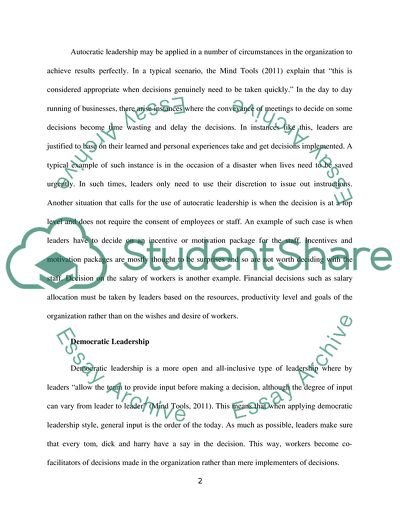Cite this document
(“Human Resource Management: Leadership and Organization Research Paper”, n.d.)
Human Resource Management: Leadership and Organization Research Paper. Retrieved from https://studentshare.org/human-resources/1757477-human-resource-mangements-leadership-and-organization
Human Resource Management: Leadership and Organization Research Paper. Retrieved from https://studentshare.org/human-resources/1757477-human-resource-mangements-leadership-and-organization
(Human Resource Management: Leadership and Organization Research Paper)
Human Resource Management: Leadership and Organization Research Paper. https://studentshare.org/human-resources/1757477-human-resource-mangements-leadership-and-organization.
Human Resource Management: Leadership and Organization Research Paper. https://studentshare.org/human-resources/1757477-human-resource-mangements-leadership-and-organization.
“Human Resource Management: Leadership and Organization Research Paper”, n.d. https://studentshare.org/human-resources/1757477-human-resource-mangements-leadership-and-organization.


